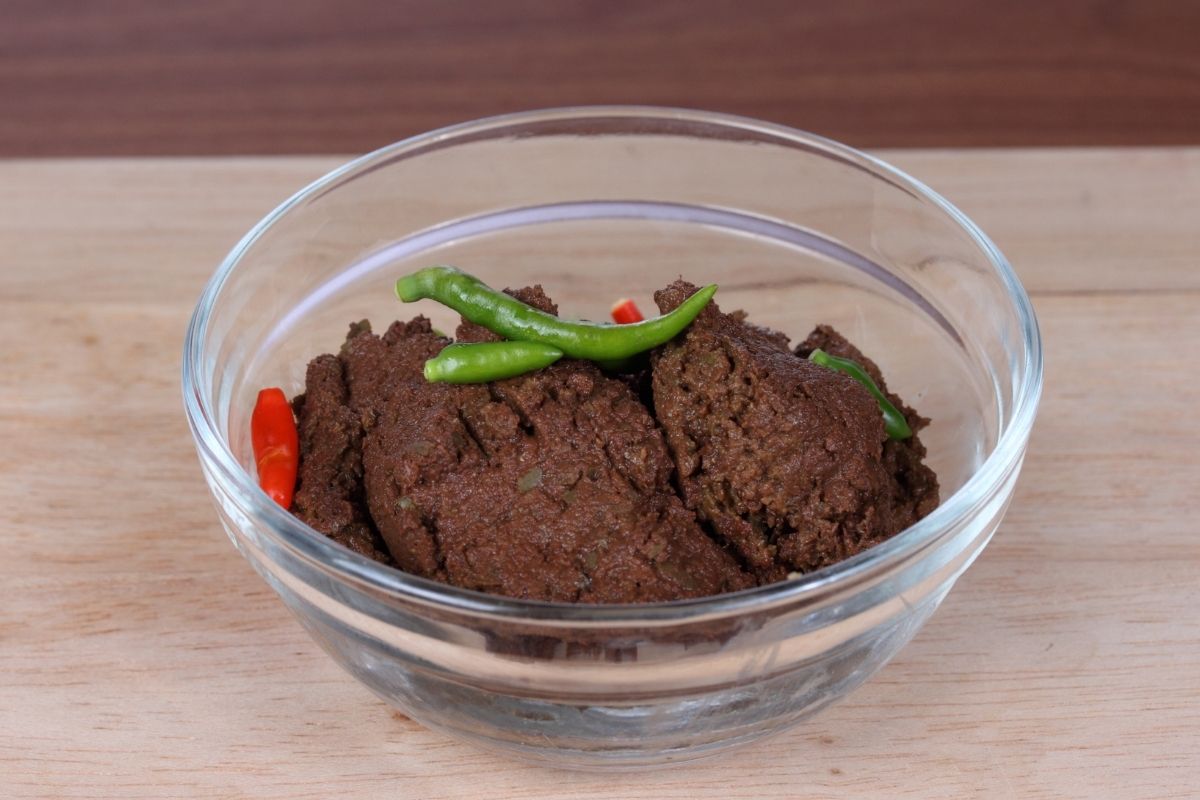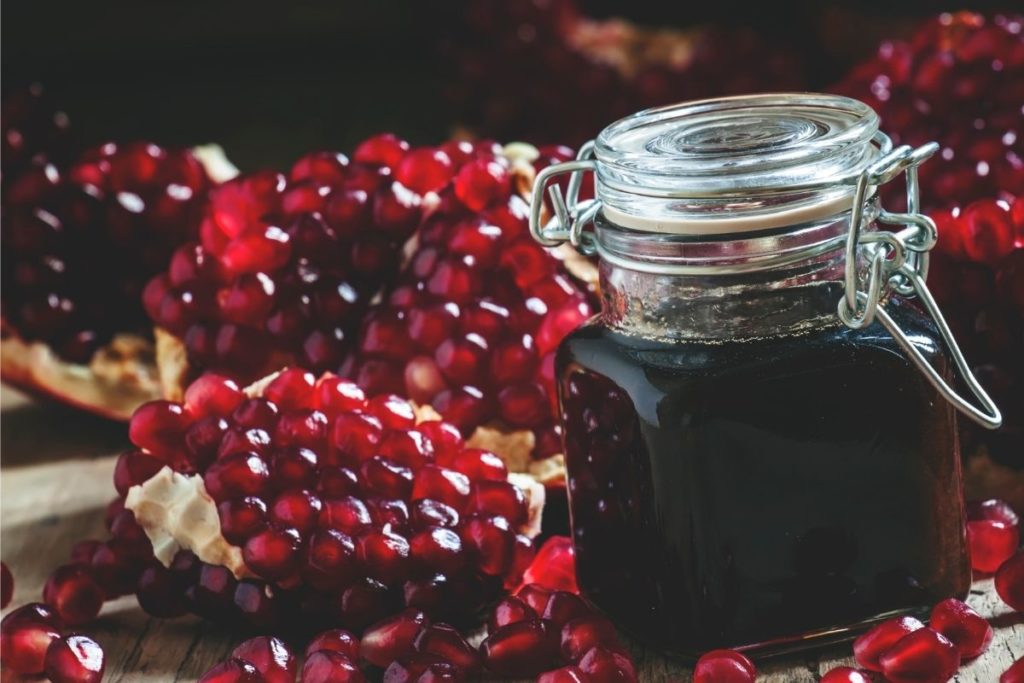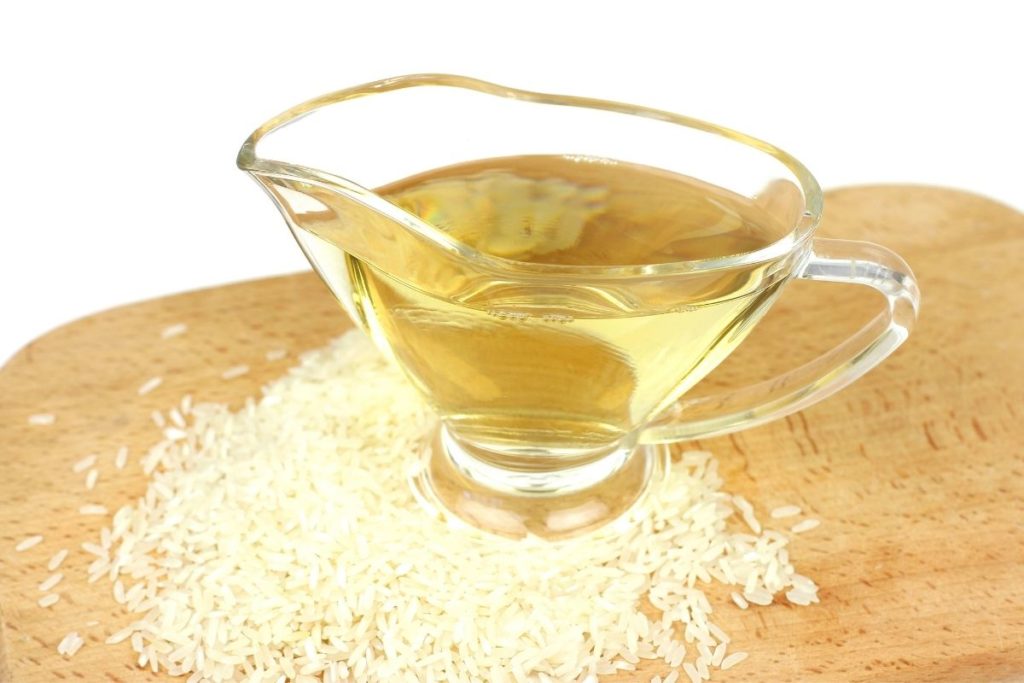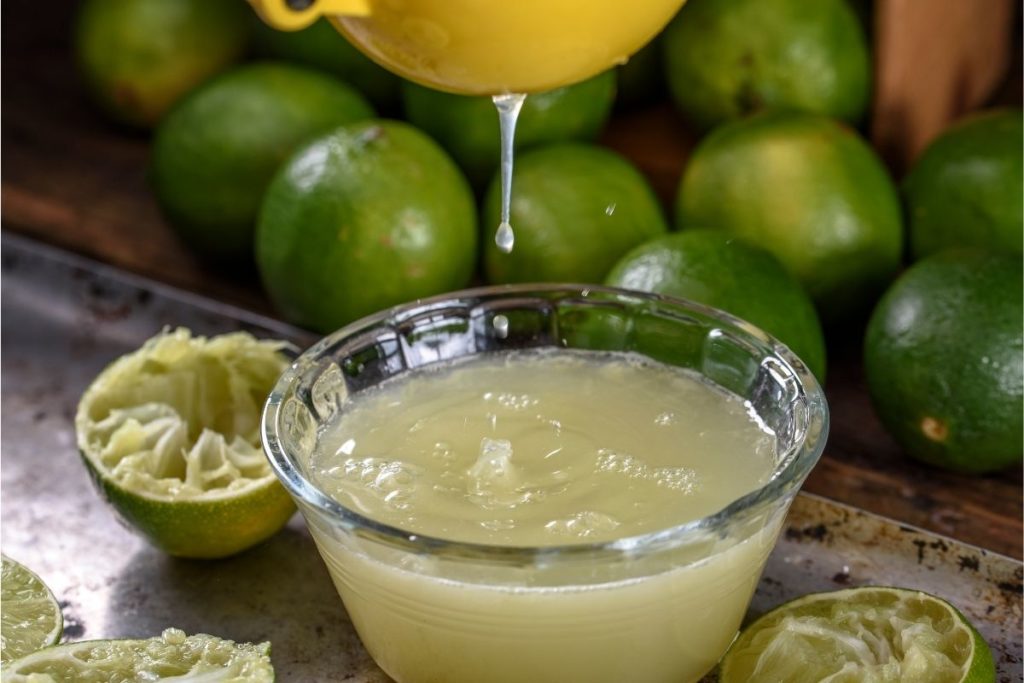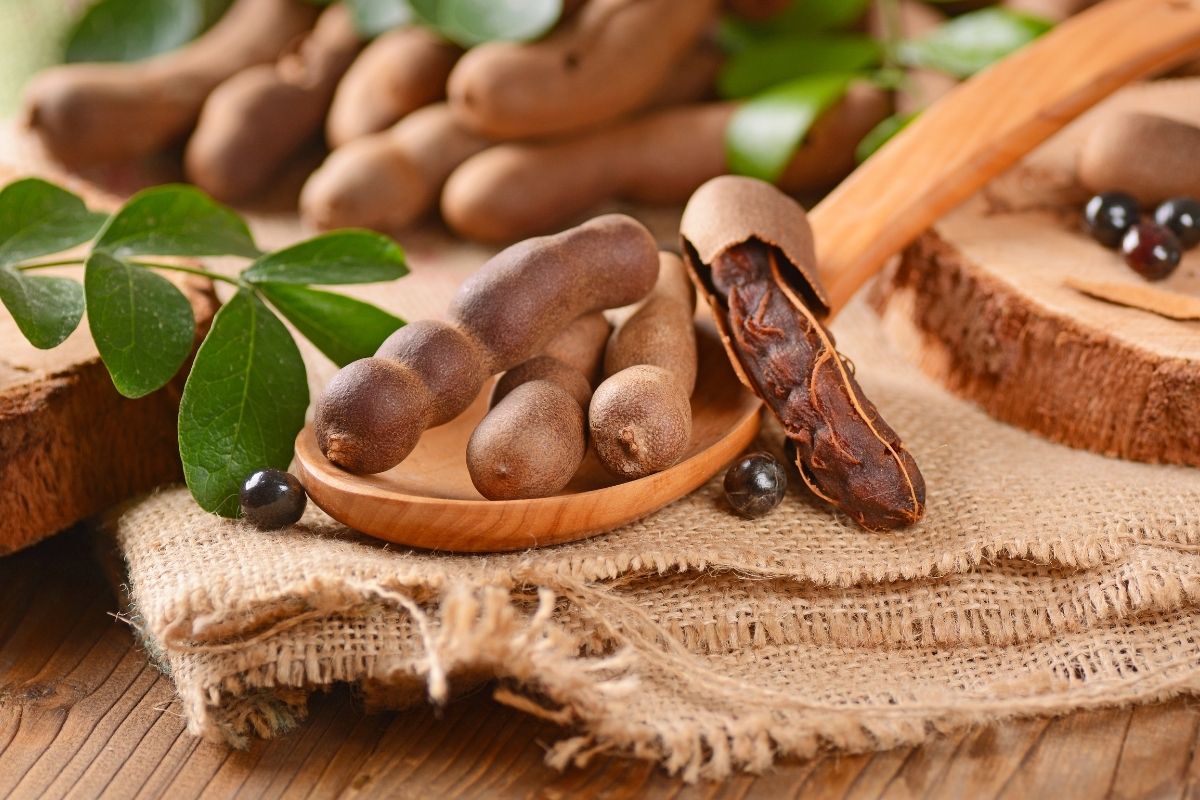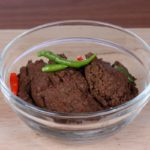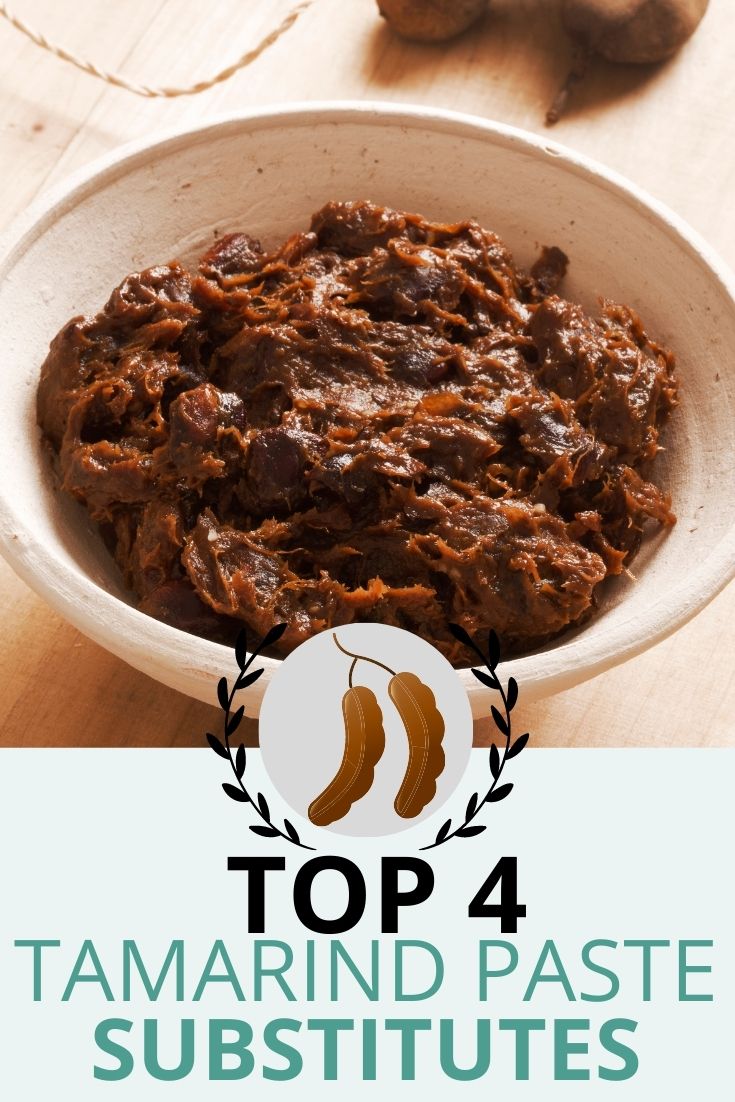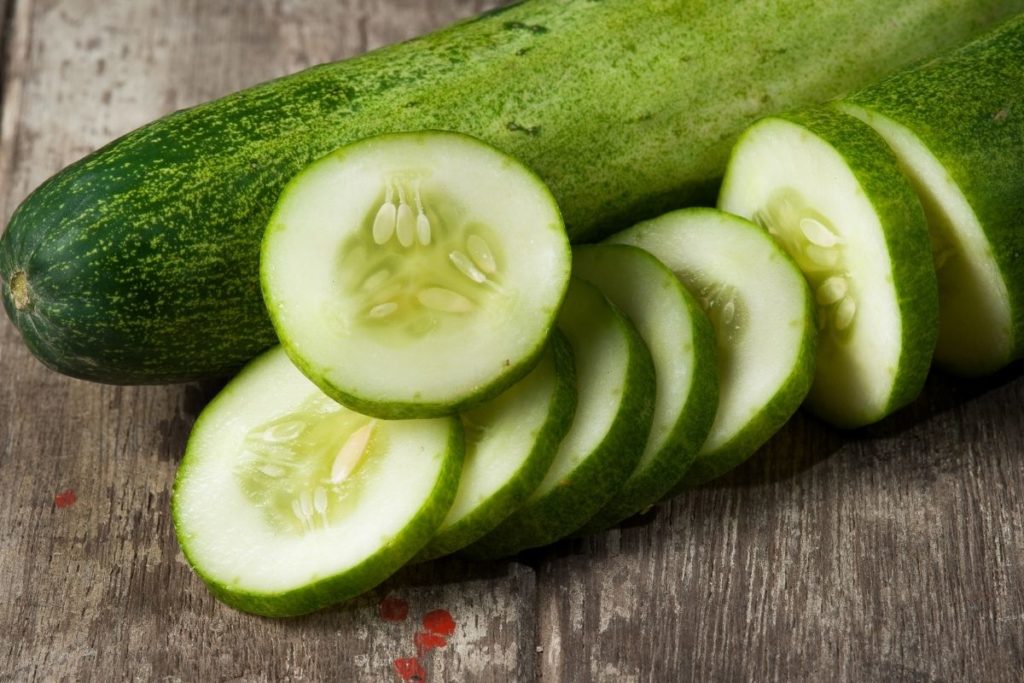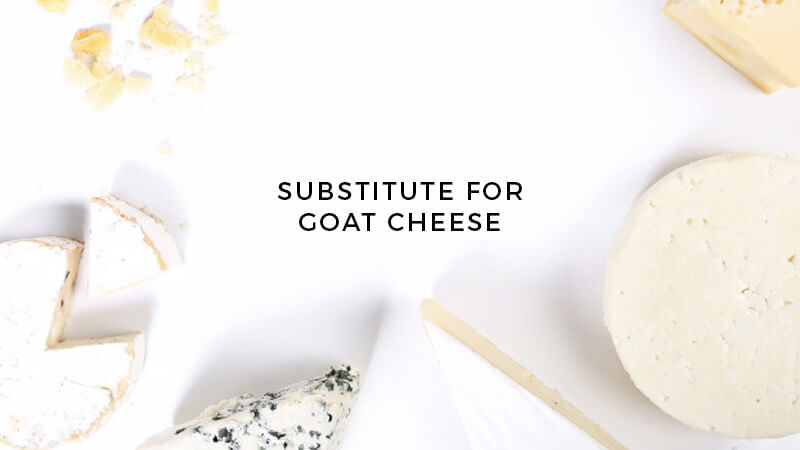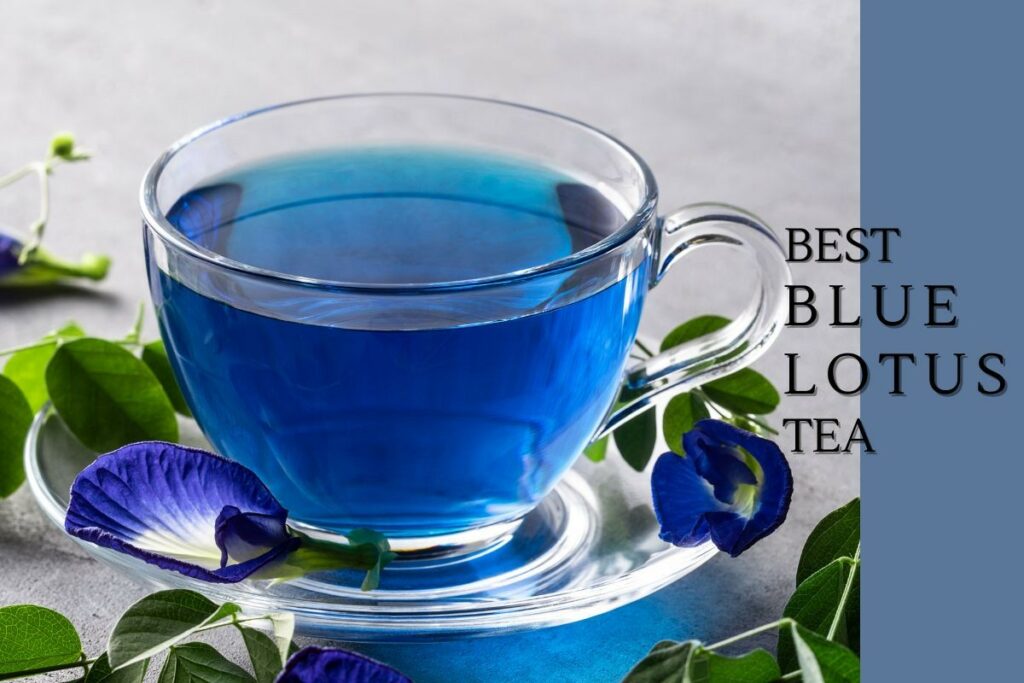4 Best Tamarind Paste Substitutes (Updated 2025)
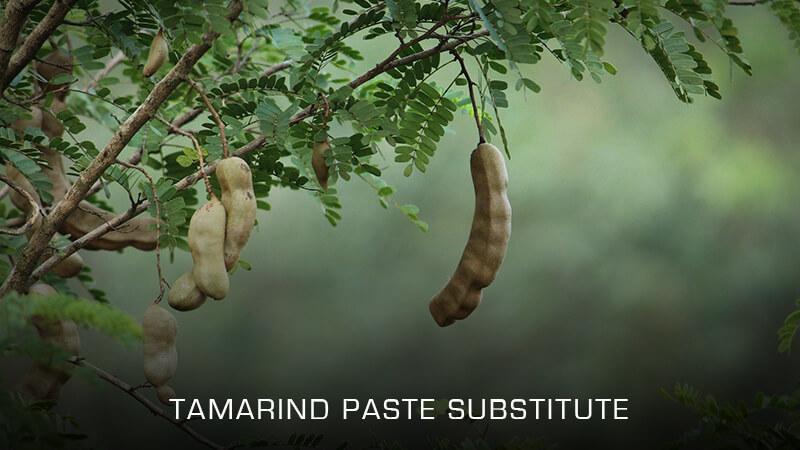
Are you looking for a tamarind paste substitute? We share a list of the best substitutes for tamarind paste below.
The sour or tangy palate of tamarind adds a distinct flavor to different dishes. In some parts of Asia, like Thailand and Indonesia, tamarind is a common ingredient in local cuisine.
Best partnered with seafood and savory dishes, tamarind paste adds a distinctive tang to sauces.
If you are wondering what tamarind paste is and what specific dishes require this ingredient, read on.
You’ll be surprised how this simple ingredient can enhance dishes you love, like curry, Pad Thai, tamarind chicken, and more.
As we explore the goodness of the processed pulp of the tamarind fruit, we will also look for the best substitute in case you run out of supply.
There are a number of alternatives to use for your cooking that can be found right in your kitchen.
Best Tamarind Paste Substitutes
In case you run out of this ingredient, you can choose the following alternatives to get the flavor profile of tamarind paste.
1. Pomegranate Molasses
If you are using tamarind paste for its acidity and sour flavor, pomegranate molasses is the best alternative. The juice is thick and syrupy, without being too sweet.
Aside from the flavor, pomegranate also adds moisture to dishes, similar to tamarind paste.
Pros:
- Has a unique sweet and tangy flavor that can add depth and complexity to dishes.
- It is a versatile ingredient that can be used in a variety of dishes, including marinades, dressings, sauces, and stews.
- Good source of antioxidants and vitamin C, which may provide health benefits.
Cons:
- It has a strong flavor that may not be suitable for all dishes or palates.
- High in sugar, which may not be suitable for those with dietary restrictions or concerns.
2. Rice Vinegar
The next best substitute to use is rice vinegar. It is sour and not too sweet, which is what you will need the tamarind for. However, the texture and thickness aren’t the same, hence, you need to add a thickening agent like cornstarch.
Depending on the taste, you can also add brown sugar to tone down the acidity.
Pros:
- Has a mild flavor that can add a tangy and slightly sweet taste to dishes.
- It is a versatile ingredient that can be used in a variety of dishes, including marinades, dressings, sauces, and pickles.
- Is low in calories and fat, making it a healthier alternative to other types of vinegar or acidic ingredients.
Cons:
- May not have the same depth of flavor as the original ingredient, which may affect the overall taste of the dish.
- It may be more expensive than other types of vinegar or acidic ingredients.
Reviews: 4.5/5 stars (1,240 ratings)
3. Mango Chutney
Mango chutney is similar to the consistency and flavor profile of tamarind paste. This ingredient consists of ground peanut garnish, dahi, and tomato relish, which together replicate the sour taste of tamarind paste.
Take note that some varieties are sweeter compared to others. If the taste is too sweet, add lemon or citrus juice to balance it out.
Pros:
- Has a sweet and tangy flavor that can add depth and complexity to dishes.
- Is a versatile ingredient that can be used in a variety of dishes, including curries, sandwiches, and salads.
- A good source of vitamin C and antioxidants, which may provide health benefits.
Cons:
- May not be suitable for all dishes or cuisines, as it has a distinct flavor profile that may not work well in certain recipes.
Reviews: 4.4/5 stars (1,872 ratings)
4. Lime Juice
Another sour agent to consider as a substitute is lime juice. The only problem is, lime lacks the hint of sweetness that tamarind paste has, therefore, you need to add a bit of brown sugar.
To get the balance right, use freshly squeezed juice.
Pros:
- Has a tangy and acidic flavor that can add brightness and freshness to dishes.
- Is a versatile ingredient that can be used in a variety of dishes, including dressings, marinades, sauces, and beverages.
- Low in calories and fat, making it a healthier alternative to other types of acidic ingredients.
Cons:
- It may be more acidic than the original ingredient, which may affect the texture or consistency of the dish.
Reviews: 4.5/5 stars (2,803 ratings)
Other Alternatives
If you have time to spare, you can make tamarind sauce from scratch using a few ingredients.
Get 2 tablespoons of water, 3 tablespoons of lemon juice, 1/2 cup of tomato paste, 3 tablespoons of Worcestershire sauce, and 2 tablespoons of brown sugar.
If you don’t have lemon juice, you can use lime juice or apple cider vinegar instead.
Mix everything and add brown sugar as needed. Be sure to use fresh lemon juice instead of the bottled type to get a better sour flavor.
Frequently Asked Questions
What Is Tamarind Paste?
Tamarind paste comes from the tamarind fruit, a small pod with a sour flavor and sticky texture.
The fruit can be found in most Asian countries, particularly in Thailand, Indonesia, and the Philippines. Some variants can also be found in Mexico and India.
In these countries, tamarind paste is considered an important ingredient for several dishes.
Because of the sour notes, it gives dishes a distinct flavor that you cannot achieve with lemon. And because the ingredient is a paste, it thickens sauces in several dishes.
What Does Tamarind Paste Taste Like?
The best way to describe the taste of the tamarind paste is it has a citrusy flavor. There are smoke and caramel notes too, making it a very complex flavor profile.
Some variants contain chili flakes and chili pulp for added spice. However, most tamarind pastes that you find in grocery stores only have a citrusy base flavor.
In some parts of Asia, tamarind paste has a sweet or tart flavor. This makes Pad Thai flavorful and appetizing. The paste is also a great base for stews, marinades, and chutneys.
How to Cook with Tamarind Paste?
The ingredient is easy to use, even straight out of the container. Because of the sour taste, you will need to add a bit of sugar to balance out the sauce and lessen the strength of the tamarind.
Note that the thickness and flavor of the paste will depend on the brand. Consider adding more to the dish if the consistency of the paste is runny.
It’s best to do a taste test of the recipe before serving it to friends and family. Add more sweeteners until the desired flavor is achieved.
Conclusion
Tamarind paste has a unique flavor profile but this doesn’t mean that you cannot replicate it. There are a number of substitutes to use and you can even create one using other ingredients.
When cooking Asian cuisine, be creative in finding sweet and sour agents to bring out the best in every dish.
Print4 Best Tamarind Paste Substitutes
Check out these great substitutes for Tamarind Paste that have been shared on Pinterest.
Instructions
- Click on each link above to view the pin.
- Learn more about the ingredient.
- Purchase the ingredient.
- Add a substitute to your recipe =)
you may also like
well hello there!

Hi, I'm Linda thanks for stopping by! We're so happy you're here. If you're a foodie and love to cook from home - you're in the right place..
LEARN MORE
free newsletter
Join the mailing list and receive our free newsletter!
recent posts
let's be social
search site
Recipe Marker
Recipe Marker provides you with the best information about home cooking tips, recipes, ingredient substitutes and more. Check out our blog to see the latest articles.
Copyright © 2024 Recipemarker.com | All Rights Reserved | Privacy | Disclaimer | Contact
